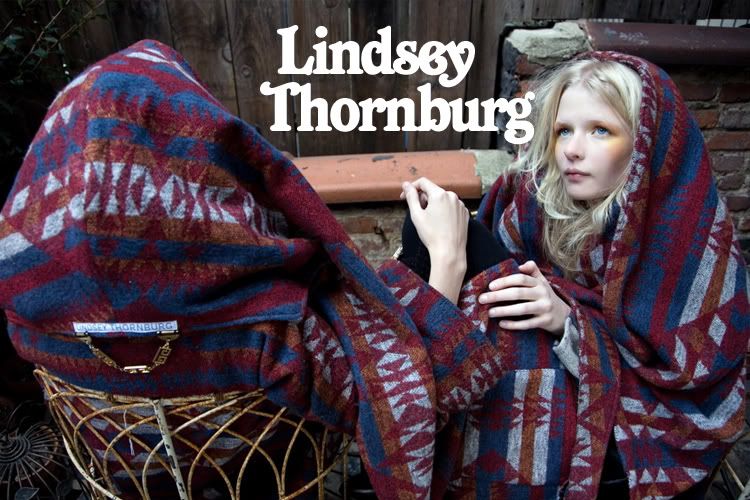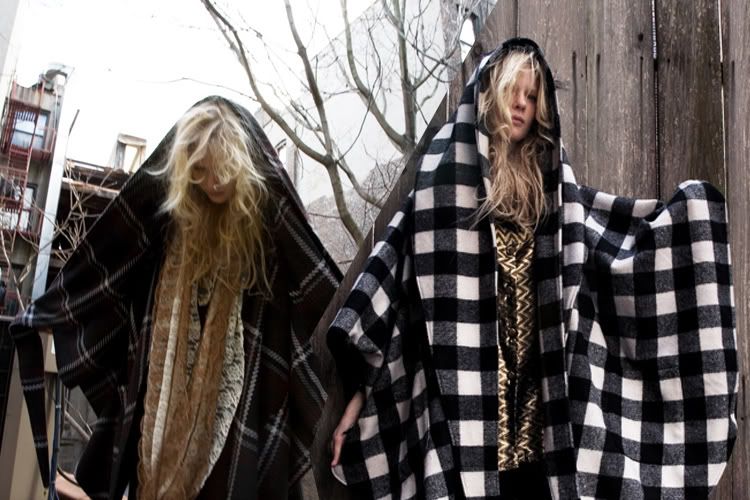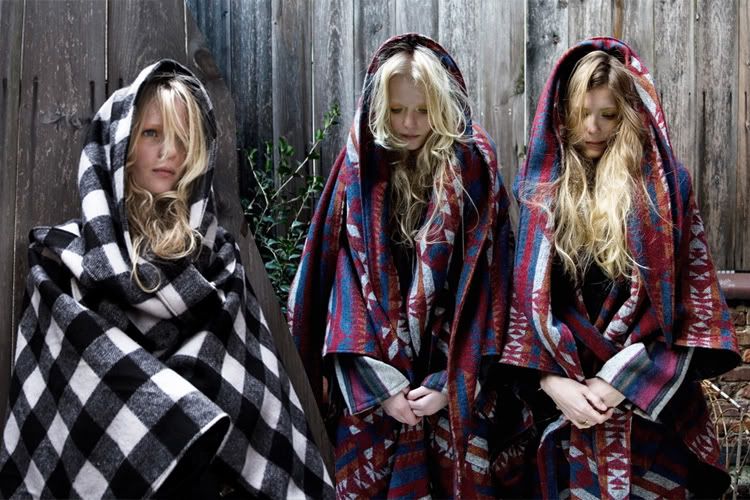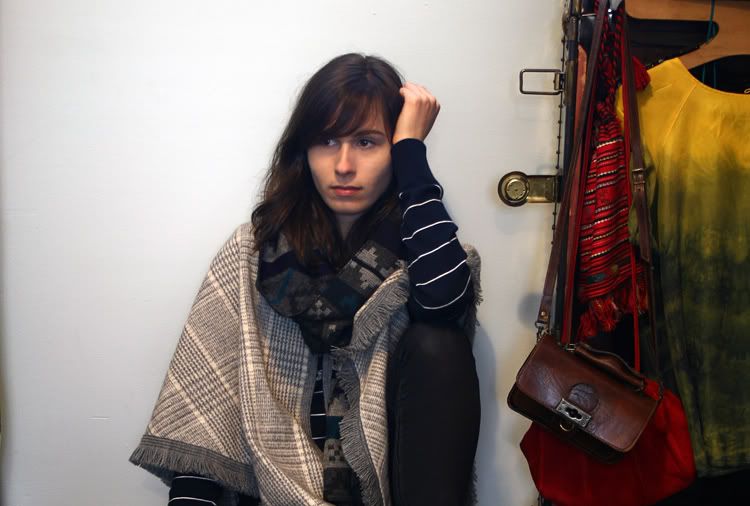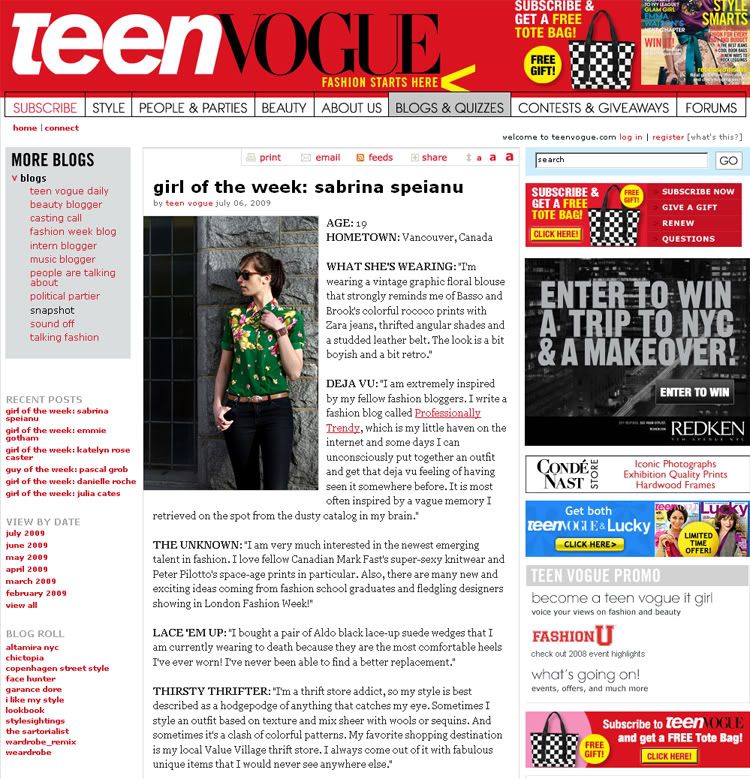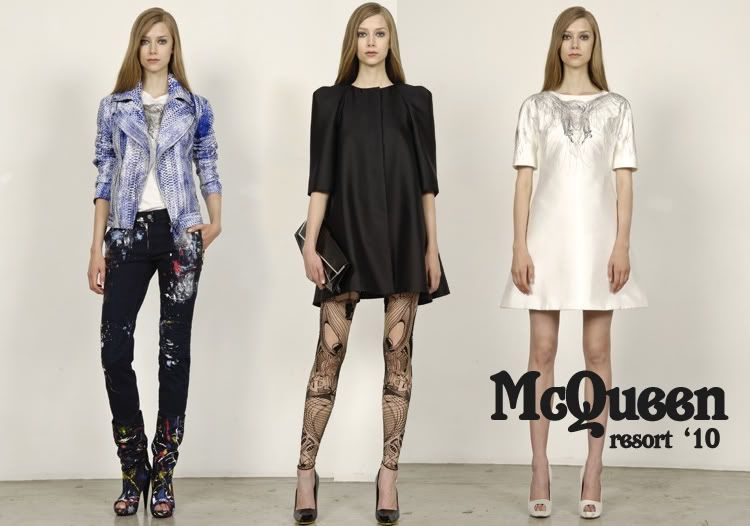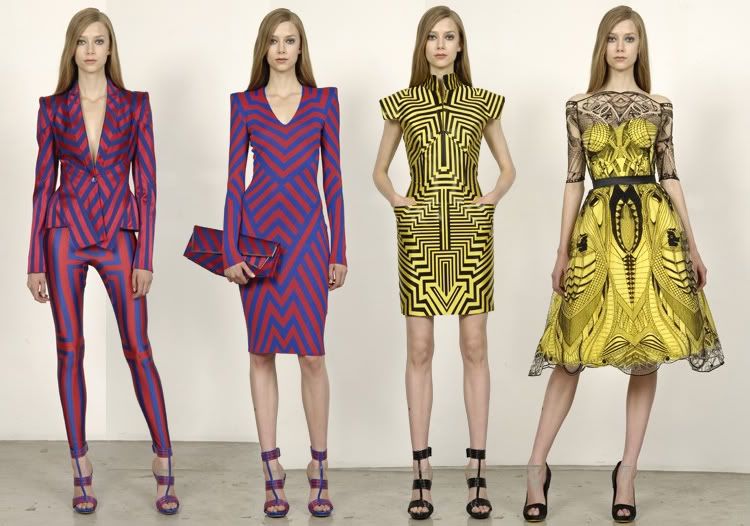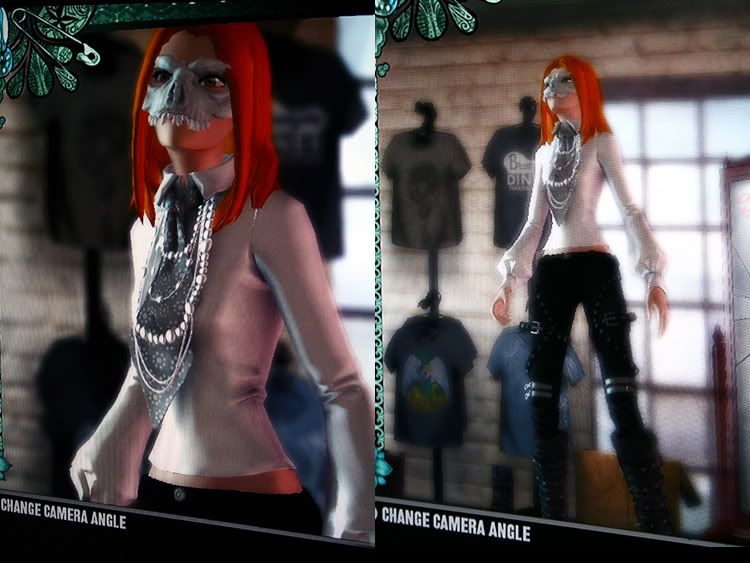
You'll love their selection and prices. Visit SophiasStyle.com and start off their school year in style.

 I am Sophia’s grandma. Yes, that Sophia, the young lady who was the inspiration for Sophiasstyle.com. Sophia is the oldest of my four granddaughters and, having grown up in a family of brothers and then a son, there is nothing more delightful than granddaughters. Not that I don’t enjoy my brothers and my son. They are great, but girls, little girls – granddaughters – they are delightful.
I am Sophia’s grandma. Yes, that Sophia, the young lady who was the inspiration for Sophiasstyle.com. Sophia is the oldest of my four granddaughters and, having grown up in a family of brothers and then a son, there is nothing more delightful than granddaughters. Not that I don’t enjoy my brothers and my son. They are great, but girls, little girls – granddaughters – they are delightful.


















Norwegian ethnologist and adventurer who organized and led the famous Kon-Tiki (1947) and Ra (1969–70) transoceanic scientific expeditions. Both expeditions were intended to prove the possibility of ancient transoceanic contacts between distant civilizations and cultures. For the most part, Heyerdahl’s theories have not been accepted by anthropologists.-britannica.com


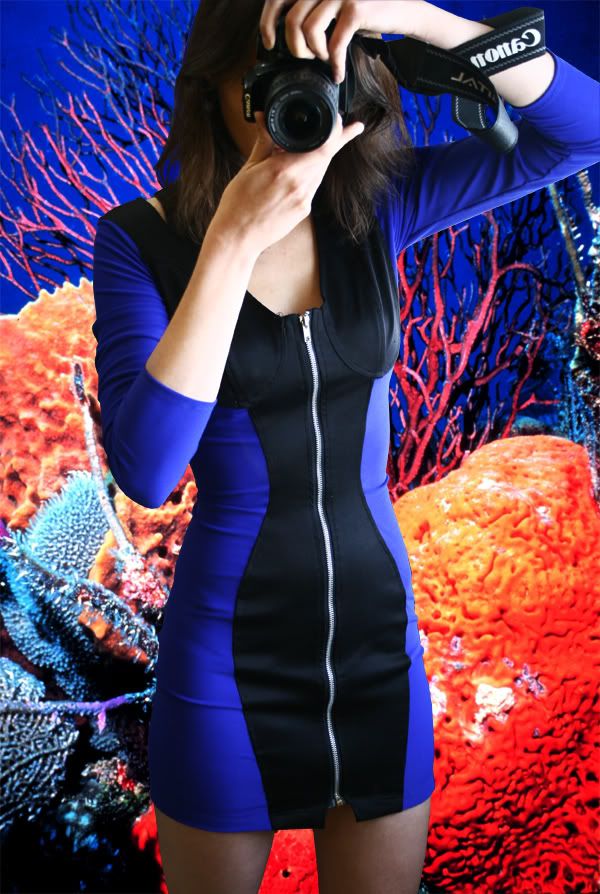

"This month, Dazed & Confused leaps out of your hands, taking fashion into the third dimension with a specially commissioned shoot of Marios Schwab’s 3D-inspired collection. Featuring 3D photography by Terry Tsiolis and styling by Nicola Formichetti, plus a specially inserted pair of 3D glasses and exclusive interview with the innovative designer."3D fashion! I must thank the editors of Dazed for giving us a bit of peek into what one might have experienced at the Fall 2009 Marios Schwab show. I loved the anaglyphic prints. 3D glasses or no 3D glasses, they are still some crazily cool prints!



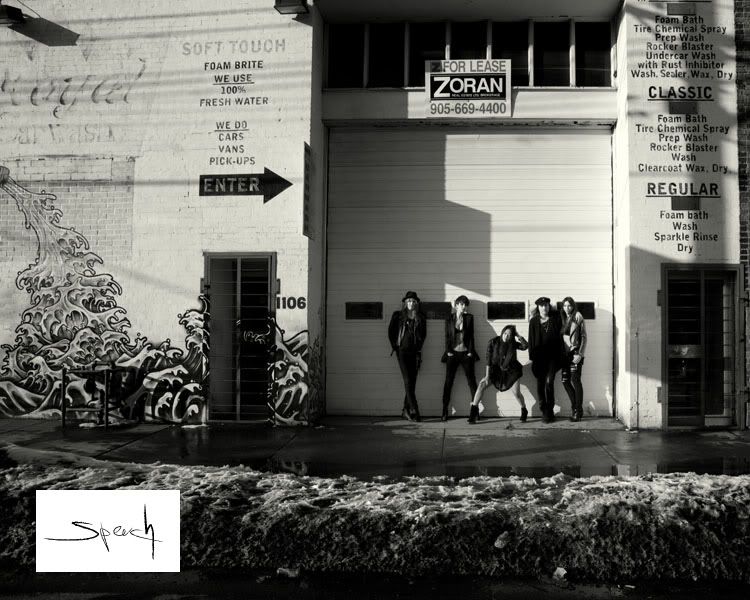


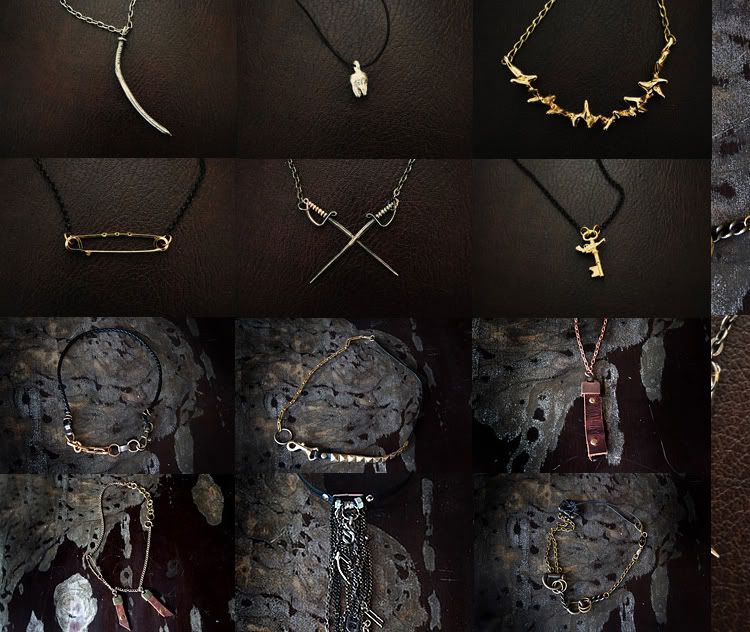
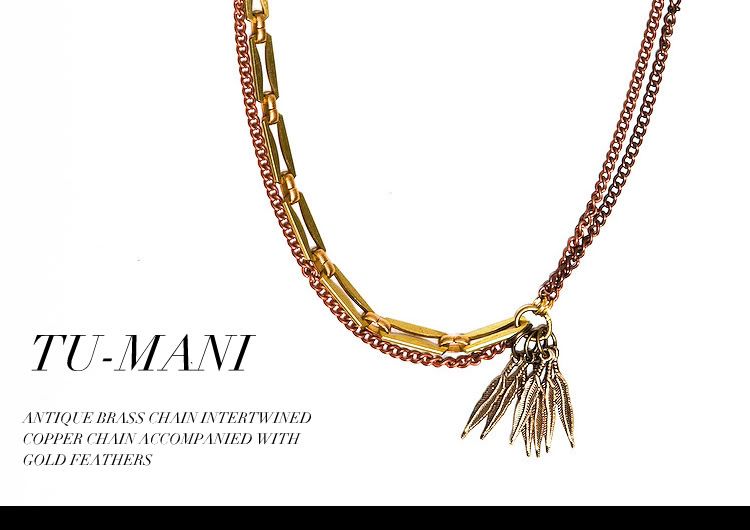
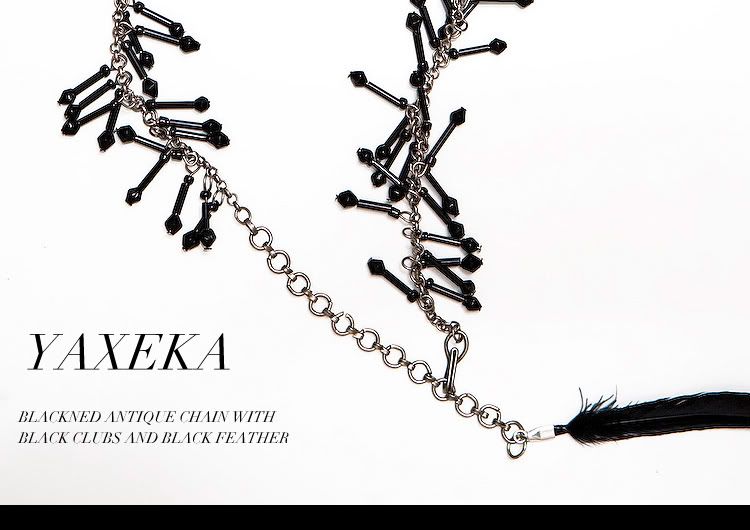
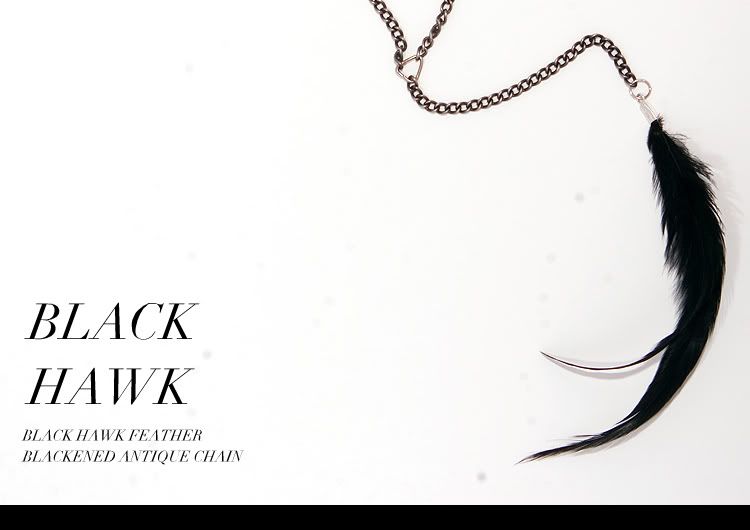

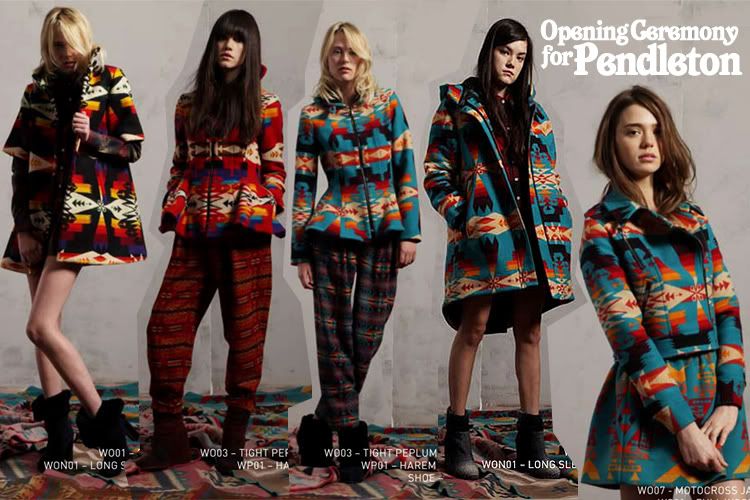
In 1863, traveling down the Atlantic seaboard, crossing the Isthmus of Panama on a burro, and sailing up the Pacific coast was a grueling four-month passage. Yet for Thomas Kay, a young English weaver, it was a dream come true. An old hand at sea voyages, he had already crossed the Atlantic years earlier to work at east coast textile mills. With skills honed, he was now headed to an area with ideal conditions for raising sheep and producing wool. A place with moderate weather and plentiful water - America's newest state, Oregon.
Kay helped organize Oregon's second woolen mill in Brownsville, where he oversaw the weaving operation. Soon he was made a superintendent of the company. In 1889, Thomas Kay opened his own mill in Salem, Oregon. From these humble beginnings rose a dyed-in-the-wool American success story......The production of Indian blankets resumed as the Bishops applied intuitive business concepts for quality products and distinctive styling. A study of the color and design preferences of local and Southwest Native Americans resulted in vivid colors and intricate patterns. Trade expanded from the Nez Perce nation near Pendleton to the Navajo, Hopi and Zuni nations. These Pendleton blankets were used as basic wearing apparel and as a standard of value for trading and credit among Native Americans. The blankets also became prized for ceremonial use. Under the direction of the Bishop family, Pendleton expanded into other areas of woolen manufacturing. In 1912, the addition of a weaving mill in Washougal, Washington, broadened its capability for fabric variety, including suitings.
